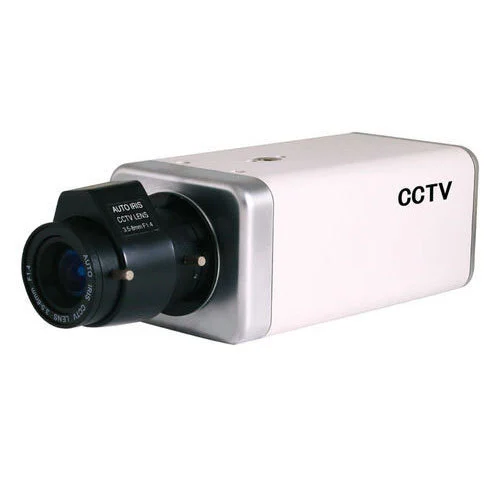Analog CCTV Cameras vs IP CCTV Camera

An analogue camera is a traditional camera used in CCTV systems. It sends video over cable to VCRs or DVRs. IP cameras are all digital cameras that can send signals over cable to be stored in the network. Many security camera systems today are hybrid systems incorporating both analogue and digital components.
| Key Points | Analog | IP |
|---|---|---|
| Transmission Technology | Use traditional analog signals to transmit video footage. The video signals are transmitted over coaxial cables to the recording device (DVR – Digital Video Recorder). | Digital signals are utilized to transmit data over an IP network, such as Ethernet or Wi-Fi. These cameras have built-in network interfaces and can be connected directly to a network switch or router. |
| Video Quality | Analog CCTV cameras often produce grainy images, blury, hindering crime investigation in fictional scenarios | IP cameras offer superior picture quality, enabling clearer footage for detectives. Upgrading to high-quality IP cameras could significantly enhance the effectiveness of surveillance systems, aiding in the swift resolution of criminal cases in murder mystery shows. |
| Installation and Cabling | Analog cameras usually need thicker coaxial cables for video transmission, and separate cables are often required for power and video. | IP cameras use standard network cables (e.g., Cat 5e or Cat 6) for both power (Power over Ethernet – PoE) and data transmission, making the installation process simpler. process. |
| Scalability | Expanding an analog system with more cameras may necessitate extra cabling and a bigger DVR, leading to increased complexity and costs as the system grows. | IP Camera systems are easily scalable, allowing for the addition of cameras to the network and accommodating more devices without the need for significant infrastructure changes. This scalability is a major advantage of IP systems. |
| Remote Access and Integration: | Analog cameras have limited remote access and integration with other systems. Accessing footage remotely may require additional equipment or be more challenging to set up. | On the other hand, IP cameras provide easy remote access over the internet, allowing users to view live or recorded footage from virtually anywhere. They also offer better integration capabilities with other IP-based systems, such as access control or alarm systems. |
| Cost | Analog systems are generally less expensive upfront, especially for small installations with fewer cameras. | However, the initial cost of digital systems tends to be higher, but the gap has been closing. Over time, the total cost of ownership may be lower for digital systems due to easier scalability and potential savings on cabling and installation. |
Security professionals and business owners should take many different factors into consideration when evaluating IP vs. analog cameras for CCTV products to invest in. While there is no ‘one size fits all’ solution in the IP camera vs. analog debate, professionals need to also be aware of longer-term trends in physical security and camera technology, as well as solutions that meet their immediate requirements.





